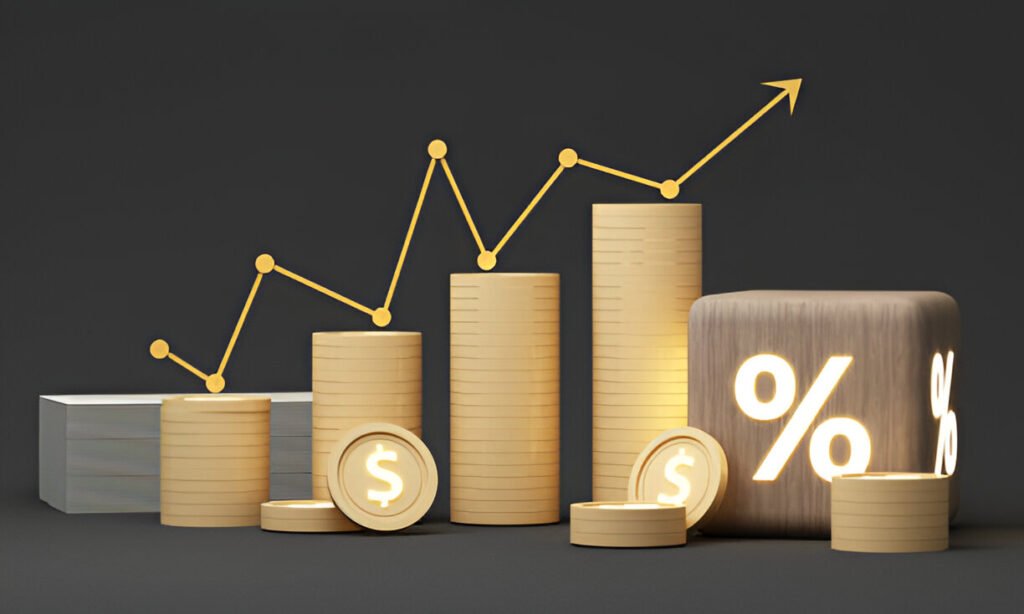Introduction
If there is one fundamental financial concept that has the power to change lives, it is compound interest. The ability to earn interest on your interest accelerates wealth accumulation and is the foundation of many investment strategies. Yet, despite its significance, many people fail to take full advantage of it. In this article, I will break down compound interest, how it works, and why it is one of the most powerful forces in finance. I will also discuss real-world applications, provide calculations, and explore investment strategies that maximize its potential.
Understanding Compound Interest
Compound interest is the process where interest is added to the principal amount, and future interest calculations include this accumulated interest. This contrasts with simple interest, where interest is only earned on the original principal.
The formula for compound interest is:
A = P \left(1 + \frac{r}{n} \right)^{nt}where:
- A = final amount
- P = principal amount (initial investment)
- r = annual interest rate (decimal form)
- n = number of times interest compounds per year
- t = number of years
Example: The Power of Starting Early
Consider two investors, John and Sarah, who both invest $10,000 but at different ages. John invests at age 20, while Sarah waits until she is 30. Both earn an annual return of 8%, compounded annually.
John’s Investment at 20:
A = 10000 \times (1.08)^{40} = 217,245.82Sarah’s Investment at 30:
A = 10000 \times (1.08)^{30} = 100,626.57By delaying her investment by 10 years, Sarah ends up with less than half of John’s final amount. This demonstrates the immense power of compounding over long periods.
Simple Interest vs. Compound Interest
| Investment | Interest Type | Initial Investment | Annual Rate | Years | Final Amount |
|---|---|---|---|---|---|
| John | Compound | $10,000 | 8% | 40 | $217,245.82 |
| Sarah | Compound | $10,000 | 8% | 30 | $100,626.57 |
| Alex | Simple | $10,000 | 8% | 40 | $42,000 |
Unlike compound interest, simple interest uses the formula:
A = P(1 + rt)If Alex invested $10,000 at 8% simple interest for 40 years, he would only accumulate $42,000—significantly less than what John earns with compounding.
How Compounding Works in Different Investment Vehicles
1. Savings Accounts
Banks offer savings accounts with compounding interest, though the rates tend to be low (e.g., 0.5% annually). While not a wealth-building tool, they provide liquidity.
2. Certificates of Deposit (CDs)
CDs offer higher interest rates than standard savings accounts. Interest compounds periodically, but the money is locked for a fixed term.
3. Stocks and Mutual Funds
Stock market investments do not compound in a direct mathematical sense, but reinvesting dividends can mimic the effect. A stock that grows at an average annual rate of 10% can significantly multiply over decades.
4. 401(k) and IRAs
Tax-advantaged retirement accounts are ideal for compound growth since earnings are not taxed annually. Over decades, they benefit enormously from tax-deferred or tax-free compounding.
Inflation and Compounding
One factor that reduces the power of compounding is inflation. If inflation averages 3% per year, the real purchasing power of an investment declines over time. However, historical data shows that stocks generally outpace inflation. The S&P 500, for example, has averaged around 10% annual returns over the past century.
Strategies to Maximize Compound Interest
- Start Early – The earlier you invest, the longer compounding works in your favor.
- Increase Contributions – Even small additional investments can yield substantial long-term growth.
- Choose Higher-Return Investments – Assets like stocks and ETFs typically offer higher compounding potential compared to savings accounts.
- Minimize Fees – High investment fees can erode returns over time. Opt for low-cost index funds where possible.
- Reinvest Earnings – Always reinvest dividends and interest to compound faster.
The Rule of 72
A quick way to estimate how long an investment takes to double is the Rule of 72. Divide 72 by the annual return percentage:
\text{Years to Double} = \frac{72}{\text{Annual Rate}}For an 8% return: \frac{72}{8} = 9 years.
This means an investment with an 8% return will double approximately every 9 years.
Historical Impact of Compound Interest
To put compounding into perspective, consider Warren Buffett’s wealth. He started investing at age 11 and has compounded returns for decades. The vast majority of his net worth accumulated after age 60 due to the exponential nature of compounding.
Conclusion
Compound interest is one of the most powerful yet often underappreciated concepts in personal finance and investing. By starting early, reinvesting earnings, and choosing high-growth investments, anyone can harness its potential to build long-term wealth. Whether in a retirement account, stock portfolio, or savings account, the key is consistency. The sooner you start, the more you can benefit from the exponential growth that compound interest provides.




